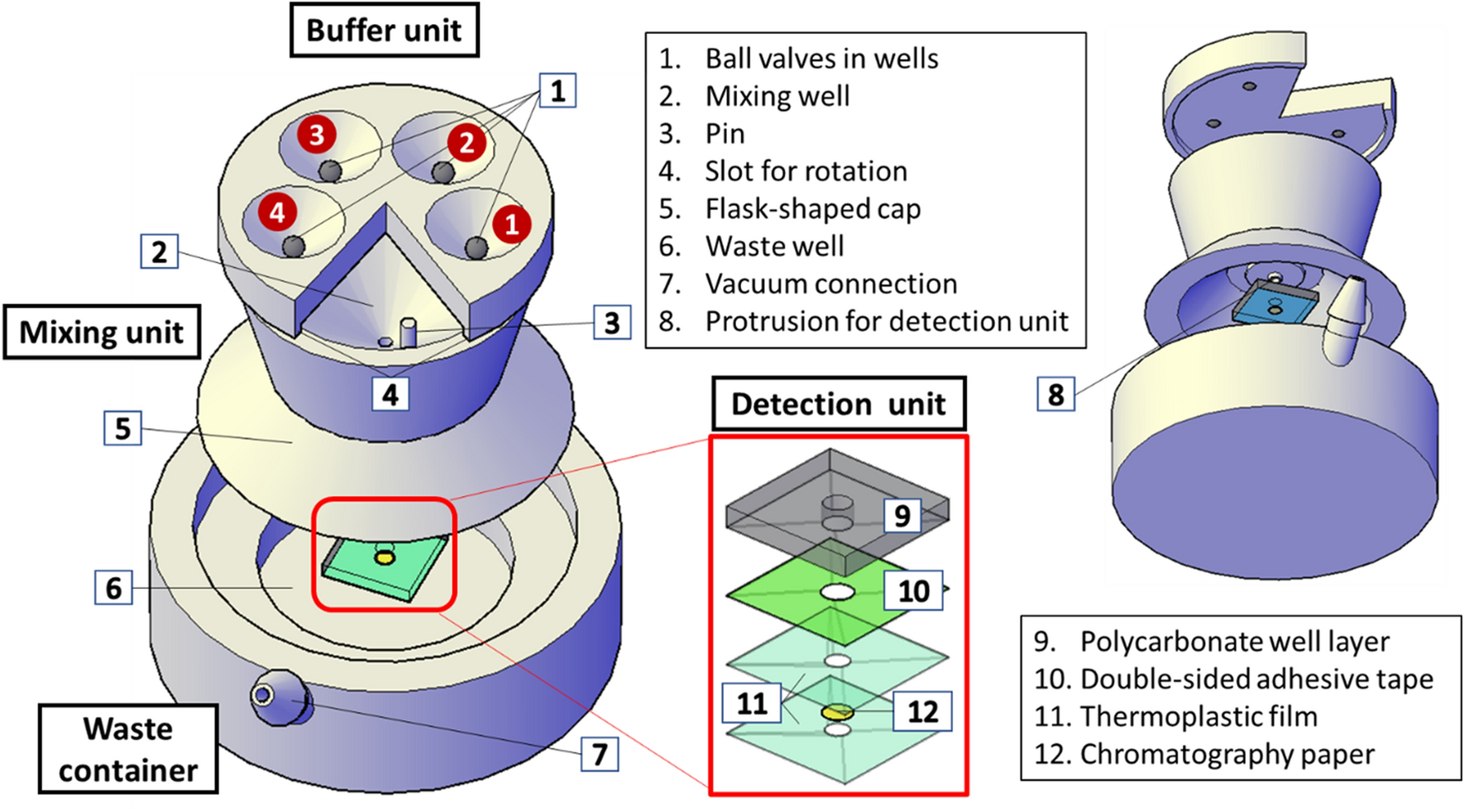Excitement About Bacteria Testing
Wiki Article
Get This Report about Bacteria Testing
Table of ContentsBacteria Testing Can Be Fun For EveryoneExamine This Report on Bacteria TestingThe 9-Minute Rule for Bacteria TestingThe Main Principles Of Bacteria Testing
Coliforms are bacteria that are always existing in the digestive systems of animals, including humans, and are discovered in their wastes. They are likewise discovered in plant and dirt material. Water pollution triggered by fecal contamination is a significant problem as a result of the potential for contracting conditions from microorganisms (diseasecausing organisms).Consequently, it is not useful to evaluate for virus in every water sample accumulated. Instead, the presence of virus is determined with indirect evidence by screening for an organism such as coliform bacteria. Coliforms originate from the exact same resources as pathogenic organisms. Coliforms are fairly easy to identify, are generally existing in larger numbers than more unsafe pathogens, and reply to the environment, wastewater therapy, and water treatment in a similar way to several microorganisms.
Overall coliform counts provide a general sign of the hygienic condition of a water. include microorganisms that are found in the dirt, in water that has been influenced by surface area water, and in human or animal waste (Bacteria Testing). are the team of the complete coliforms that are thought about to be existing especially in the digestive tract and feces of warm-blooded animals
is the major varieties in the fecal coliform group. Of the five basic groups of microorganisms that consist of the total coliforms, only E. coli is generally not found expanding and recreating in the environment. As a result, E. coli is considered to be the varieties of coliform microorganisms that is the very best indicator of fecal air pollution and the possible existence of microorganisms.
The Main Principles Of Bacteria Testing
Current episodes of disease caused by E. coli 0157: H7 have actually produced much public concern concerning this microorganism. E. coli 0157: H7 has been discovered in cattle, chickens, pigs, and lamb.

Late springtime or early summer are the finest times to check your well, given that coliform contamination is probably to show up throughout damp weather condition. Whether your examination outcomes declare or negative, comprehend that the sample you gathered is simply a "picture" of your well's water top quality. The even more samples you have actually checked, the much more confident you can be about the high quality of the water you are consuming alcohol.
Although total coliforms can originate from sources besides fecal issue, a favorable total coliform sample ought to be considered an indication of air pollution in your well. Positive fecal check my source coliform results, particularly favorable E. Coli results, ought to be taken into consideration sign of fecal air pollution in your well. When coliforms have been identified, repairs or modifications of the water system may be required.
The Best Guide To Bacteria Testing
A defective well about his is usually the reason when coliform bacteria are found in well water. - seals around cords, pipes, and where the cap satisfies the covering may be split, allowing contaminants - splits or holes in the well casing permit water that has not been infiltrated the soil to get in the well.The U. S. Environmental Security Firm (EPA) needs public water systems to routinely evaluate water for overall coliform germs and E. coli. Safe alcohol consumption water does not have E. coli or other microorganisms in it. Right here are some referrals on how to prevent and address coliform germs contamination: Protect Your Well by creating it in a secure spot.
You are liable for maintaining your well water safe and testing it as needed. You can likewise contact your county to see if they have any kind of programs to make you can try this out screening your water simpler.
Sanitize your well with a chlorine remedy, utilizing the same Well Sanitation - Bacteria Testing actions as above. Evaluate your well water once again after sanitation to verify there are no coliform germs. You can utilize the water once more, without steaming, as soon as the well has actually been decontaminated and the water no longer evaluates favorable for coliform germs.
Everything about Bacteria Testing
Your public water system is consistently evaluated for coliform microorganisms. The system will issue a public notification within 24 hours if it spots E. coli.You can locate the coliform microorganisms test results for the systems offering places besides where you live by speaking to the water system.

Additional examinations might be recommended if water appears gloomy or oily, if microbial development shows up on components, or water therapy tools are not working as they should. Consult your water well service provider, state department of all-natural sources, or regional health and wellness department for details on regional water top quality concernsCheck your water at the very least 2 times a year. Call a public health and wellness assessor to see what's ideal for your water supply. Coliforms are a group of bacteria that are almost everywhere. They are in dirt, plants, sewer, and manure. E. coli are bacteria that individuals and some animals have in their intestinal tracts.
Report this wiki page